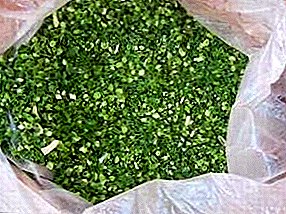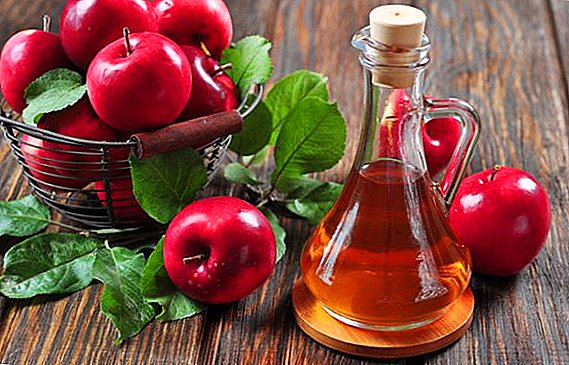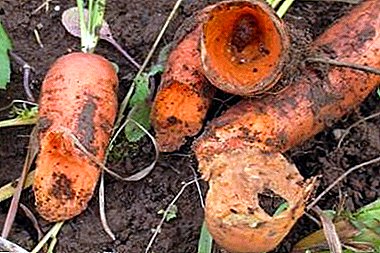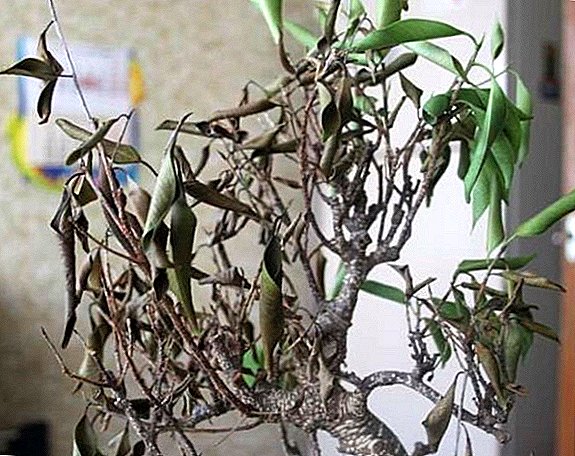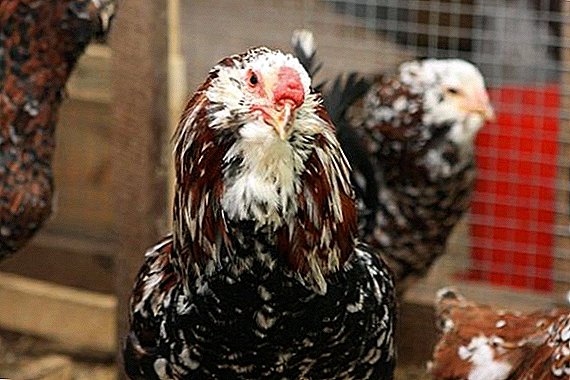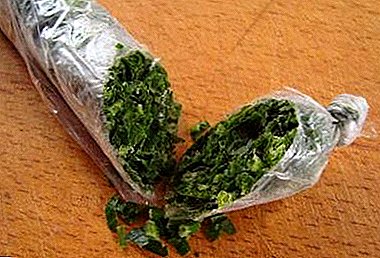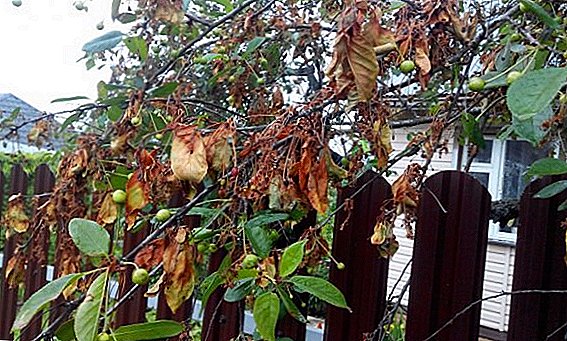 Quite often, gardeners are faced with a disease of the fruit and stone fruits, such as moniliosis. When trees are damaged, the chances of good yield fall sharply, and sometimes the plant cannot even be saved. Let us consider in more detail what constitutes moniliasis, whether its treatment is possible.
Quite often, gardeners are faced with a disease of the fruit and stone fruits, such as moniliosis. When trees are damaged, the chances of good yield fall sharply, and sometimes the plant cannot even be saved. Let us consider in more detail what constitutes moniliasis, whether its treatment is possible.
What is dangerous
The disease is manifested by infection of flowers, ovaries, branches and fruits. During the flowering period, the disease affects flowering shoots. Flowers and leaves wither and dry. For a long time they remain on the trees, but they look like burnt.
Important! Pruning damaged branches should be carried out immediately, as soon as the temperature rises, at the very beginning of spring. This will help protect the plant from moniliosis.This form of the disease is called monilial burn. There is another, pronounced fruit rot, which develops throughout the entire period of fruiting. Affected fruits begin to be covered with small gray dots. Unfortunately, this rot affects all kinds of stone fruit.

Causes of
The cause of the disease is microscopic mushroom Monilia cinerea. He spends the winter period in affected branches and single-branch shoots, as well as in fruits that have fallen to the ground.
Often the disease begins to develop with cool and wet weather, fog and dew during flowering.
In summer, the fungus continues to infect shoots and branches of trees, gradually reaching the fruit. At first you can see a small brown spot on them. The increase in its size occurs rather quickly, and after a while the whole fetus is affected.
The disease can occur due to damage to the fruit by insects such as goose, weevil, moth. In turn, an infection can get to the injury site, which will contribute to the development of moniliosis. 
Risk group
Monilioz stone fruit is able to destroy a large number of fruit trees. The following are at risk:
- Apple tree;
- plum;
- cherry;
- apricot;
- pear;
- peach.
How to prevent illness
The best fight against moniliosis of apricot and other fruits is the implementation of preventive measures. For this you can use a variety of drugs. The most common use of "Chorus", "Mikosan-B" and other means, which include copper. Trees need to be processed several times:
Trees need to be processed several times:
- The first processing is carried out immediately after the end of the flowering period.
- Then you need to process the trees in June and July.
- After the crop is harvested, it is also recommended to perform the procedure 1-2 times.
The following tips are also helpful:
- Planting fruit trees is better in elevated areas where good air circulation is ensured.
- Mechanical injuries of the plant can lead to infection, so if wounds appear, you should immediately start treating them.
- Pruning crown should be strictly on schedule. Removing dry branches, it is worth capturing a small portion of healthy ones.
- Dry branches and fruits must be burned.
- The ground around the trunk must be carefully dug in along with fallen leaves.
- Keep track of the composition of the soil - it should be enough calcium and other nutrients.

How to fight
If monilioz has already managed to hit cherries or other fruit, it is necessary to take measures to combat the disease. First of all you need:
- cut off all the branches that attacked the disease;
- process trees with special means;
- start fighting insects that are carriers of the disease.
Did you know? Low temperatures, about -20 ° C, as well as a mixture of whitewash and copper sulfate, have a detrimental effect on the spores of the fungus.Moniliasis drugs are most often represented by fungicides.
 The greatest effectiveness in treating the disease is achieved using the following agents:
The greatest effectiveness in treating the disease is achieved using the following agents:- Abigak Peak;
- "Rovral";
- copper sulphate;
- Bordeaux fluid;
- Teldor;
- "Horus";
- "Hamair".
Resistant varieties
Among fruit trees, there are varieties that are more resistant to disease. We list them.
Cherries
Resistant varieties include:
- Nefris;
- "Turgenevka";
- "Kirina";
- Zhukovskaya;
- "Wonderful Cherry";
- "Cossack";
- "Chosen One".

Sweet cherries
Resistant varieties include:
- "The gift of abundance";
Important! It is impossible to carry out processing of trees during flowering and ripening of fruits. This can trigger the penetration of poisons into the fruit.
- "Sasha";
- "Clear sunshine";
- "Poppy";
- Alai;
- "Enchantress".

Peach
The varieties of peach resistant to moniliosis include:
- "Juicy";
- "Dream";
- "Temptation";
- "Golden Anniversary";
- "Wizard".

Apricot
Resistant varieties of apricot include:
- "Red Cheek";
- "Black Velvet";
- Tamasha;
- "Kuban black".

Plums
Among the varieties of plums that are resistant to illness, there are the following:
- "Stanley";
- "Milena";
- "Beautiful girl";
- "Donetsk";
- "Friend".

Pears
Among pears, it is recommended to plant such varieties:
- "Augustine";
- "Krasnodar summer";
- "The conference".

Apple trees
To resistant varieties of apple include:
- "Jonathan";
Did you know? If you plant basil, calendula, celery, onion or garlic next to a cherry, these plants will prevent insects from accessing the tree, which will reduce the chances of infection.
- "Idared";
- "Florin";
- "Simirenko".




